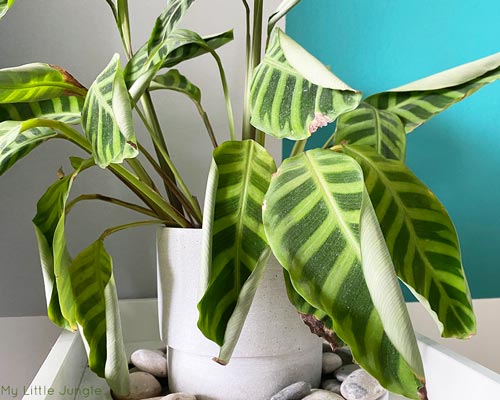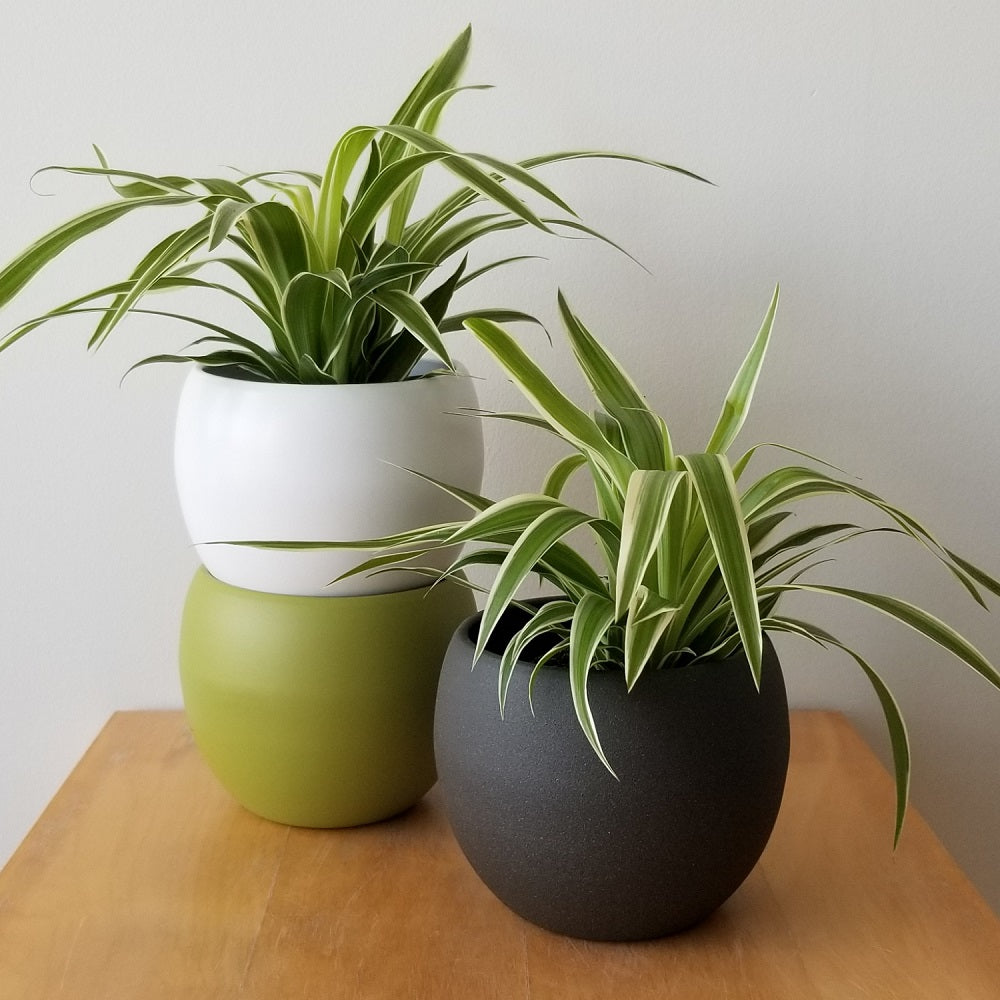
If your Calathea Vittata plant's leaves are curling, it could be a sign of distress. Causes may include too little or too much water, sunlight, or fertilizer. Fortunately, with the right care and attention, a few simple changes can help revive the health of your Calathea Vittata plant and get its beautiful leaves back to normal.
Lack of water.
One of the most common causes of why Calathea Vittata plants’ leaves may be curling is a lack of water. Make sure your trough or pot is holding enough water to allow regular watering - this may mean checking if the soil is dry between each watering session. Additionally, adding humidity to the environment in which your Calathea Vittata plant lives can help ensure its leaves don't curl up and die.
Wrong light condition.
A lack of or excessive exposure to light can also cause a Calathea Vittata plant’s leaves to curl. Be sure that the spot where you placed your Calathea is bright and indirect, as direct sunlight will likely damage the leaves. If the area is too dark, then you may find that your plant’s leaves begin to curl and lose their vivid green color.
Incorrect soil pH levels.
One of the many reasons behind a curling Calathea Vittata plant leaves is incorrect soil pH levels. The ideal pH range for growing a Calathea Vittata plant is between 5 to 6. If your soil pH is lower or higher than this, then your Calathea’s leaves will start to curl. To fix this, you should consider changing up the kind of potting mix that you are using or adjusting its pH level with soil additives.
Overwatering or too much fertilizer.
Overwatering or too much fertilizer can also cause the leaves of your Calathea Vittata to start to curl. If you are watering your Calathea too frequently, you may find that its leaves become soft or begin to curl at the edges. Additionally, if you give it nutrient-rich fertilizers in excess then its leaves will show visible signs of damage like yellow patches and curling. To fix this, make sure that you adjust your watering and fertilizing habits accordingly and consider using a liquid fertilizer with a lower concentration.
Exposure to drafts or temperature fluctuations.
Another possible cause of leaf curling in Calathea Vittata could be exposure to drafts or sudden temperature fluctuations. Calathea plants prefer to be kept away from cold or drafty areas and they do not thrive when exposed to extreme temperatures. Keep your Calathea away from doors, windows, and air conditioners and maintain a consistent temperature in the environment it is placed in.
For Further Assistance with your plants Contact Life Time Support

